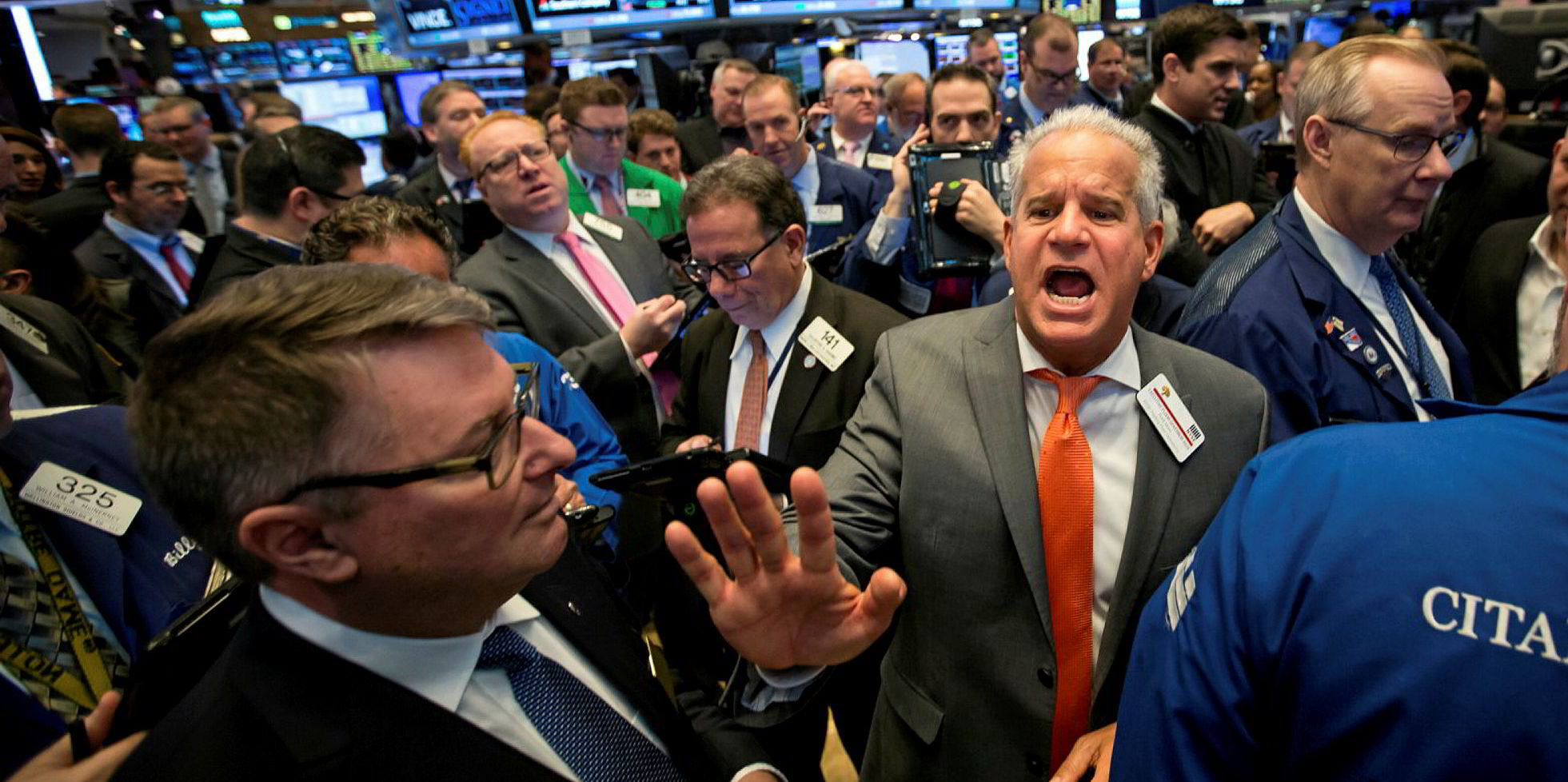The bad news came in an email late on a Friday afternoon, when bad news often gets announced. US bank Seaport Global Securities was dropping shipping coverage due to an analyst departure.
While much remains unknown about the exit of veteran equity analyst Magnus Fyhr, the disturbing lesson is that this probably will not be the end of job security concerns for shipping analysts.
“I have to say that my first reaction was, ‘why has it taken until now?’” said one experienced analyst who asked not to be identified.
“There may be special circumstances with Seaport Global, but this is an industry that is over-covered by banks and analysts, that has very little market [capitalisation] or trading liquidity, and so the real surprise may be that something like this hadn’t happened already.”
And this from a second analyst: “I can tell you that there’s no analyst out there who just covers shipping who isn’t afraid that he’s going to get axed.”
For perspective, the 17 dry bulk and tanker companies under Fyhr’s coverage had, at his last report on 25 March, a combined market capitalisation of about $9bn.
This is below the upper range generally associated with a single “mid-cap” public company of $10bn. As another measure, five LNG companies also under Seaport Global’s coverage had a market cap of $5.5bn on the same date.
Perhaps the good news for analysts is that precious few are just covering “shipping” — that is, the core bulk sectors of tankers, dry bulk and containerships.
I can tell you that there’ s no analyst out there who just covers shipping who isn’ t afraid that he’ s going to get axed ... you either adapt or you die
Thus, it was probably no surprise that when veteran shipping analyst Jonathan Chappell of Evercore ISI picked up coverage of a new company last month, it was Cheniere Energy, an LNG owner with an $18bn market cap.
LNG as a survival strategy
Senior analysts such as Chappell, Wells Fargo’s Michael Webber, Morgan Stanley’s Fotis Giannakoulis and Ben Nolan of Stifel have at one point or another added LNG to their coverage portfolios, as it is generally seen as the most lucrative and liquid shipping sector.
Others, including Amit Mehrotra of Deutsche Bank, Ken Hoexter of Merrill Lynch and Christian Wetherbee of Citi, have incorporated other transport silos like trucking, rail and logistics into their duties.
“Shipping alone isn’t commercially viable — the fee pool keeps on dwindling and dwindling. So the question is: how do you make yourself viable as an analyst? You either adapt or you die,” the second analyst said.
A third analyst added: “You can’t just cover tankers and dry and that’s it. There’s a reason I cover 30 names and not 12. However, I would say that other investment sectors blow hot and cold and it’s not necessarily unique to shipping.”
The fundamentals that make a broader platform essential have become only too familiar by now.
There has not been a mainstream shipping initial public offering in the US since Gener8 Maritime in June 2015.
Follow-on equity deals also struggled in New York in 2018. There were 13 deals on the New York Stock Exchange worth $1.5bn, none on the Nasdaq, according to Clarksons Research.
That was down from more than $2.7bn raised in 2017 and was the lowest total since 2012.
The median shipping stock fell 32% last year, and 2013 was the last time shipping equities gained as a group, according to Clarksons.
One factor that may keep other banks patient in the wake of Seaport Global’s departure is the unknown impact of the IMO 2020 emissions deadline as a potential stimulus.
“100% — that’s a factor,” one analyst said. “A few months ago, I found myself questioning whether I could still do this job in a micro-cap unsustainable sector.
“But I think there is a buzz around IMO 2020 that’s been reinvigorating. I hope this is more than just hype. Because if these stocks don’t move in the next two or three years, they’re never going to move. And then I really am going to need a new job.”






